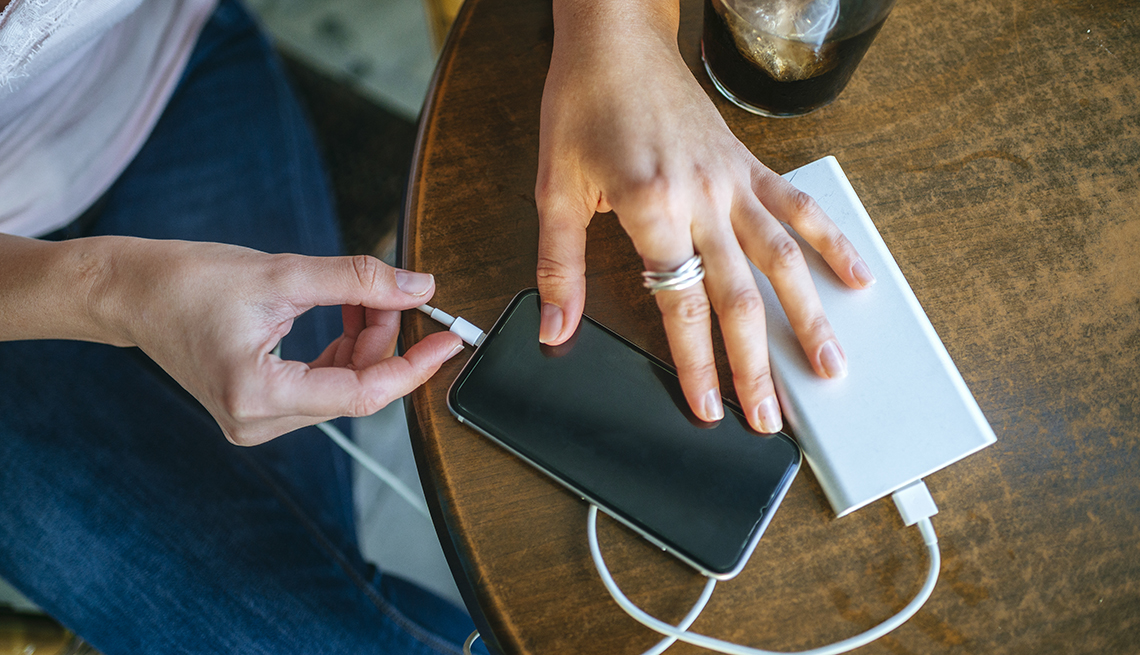Proper care of your Android phone’s battery is important to ensure that it remains functional and usable for as long as possible. Battery life generally decreases over time, but if you take good care of it, you can keep it in good condition and extend its lifespan. Here are some helpful tips to keep your Android battery in good condition:
1. Improve mobile phone charging methods
Do not charge the entire cycle: Do not allow the battery to fully discharge before charging it. Lithium-ion batteries are optimally charged between 20% and 80%. Therefore, the stress of full charge and deep discharge is avoided.
Use the correct charger: Only use the charger that came with your device, or an approved third-party charger for your device. If the voltage and current are incorrect, the battery may be damaged.
2. Pay attention to the heat of your device
Keep it cool: Batteries degrade faster when it’s hot outside. Keep your device as far away from sunlight and heat sources as possible, especially while charging.
Also, don’t go somewhere extremely cold: just like heat, too much cold can damage your battery. Try to keep your gadgets at room temperature.
3. Change the settings on your device to extend battery life
Reduce the screen brightness. The screen is one of the biggest drains on battery life. Lower the brightness of your screen or set it to change automatically based on the lighting in your location.
Reduce screen timeout: Shorten the time the screen stays on when your phone is not in use. The shorter the screen timeout, the less energy is consumed.
Use Battery Saver Mode: To extend battery life, most Android devices have a mode that reduces CPU usage, limits buzz, and limits background data.
4. Minimize background tasks
Change sync settings: For apps that don’t need to be synced all the time, turn off automatic sync. This prevents the app from constantly changing, which drains the battery.
Close applications you are not using. Some apps remain active and consume battery power even when not in use. Regularly close applications that you are not using via the recent applications menu.
5. Keep your software up to date
Keep your operating system up to date. Software changes from the manufacturer often include ways to improve battery life. Make sure the software on your device is up to date.
Update apps: Similarly, updates can help app developers be more productive. Keeping apps up to date can help them consume less power.
6. Check the battery power
Monitor your battery usage: Regularly check your device’s power consumption information to see which apps are using the most power. If you don’t know why certain apps are draining your battery, you may need to uninstall them or change their settings.
7. Disable unnecessary features
Turn off unnecessary features: Bluetooth, GPS, and Wi-Fi should all be turned off when not in use. Moreover, you may want to close unnecessary live wallpapers or apps as they drain your battery.
Perform a full charge cycle for your battery: It’s not a good idea to do a full charge cycle too often, but if you do a full charge cycle (from 0% to 100%) every few months, you can reset the battery. can help recharge your battery. The device calculates how long the battery will last.
